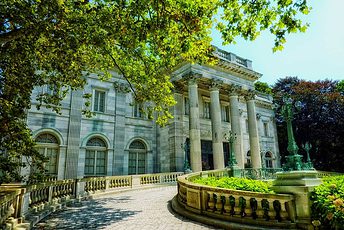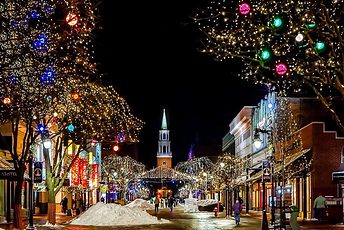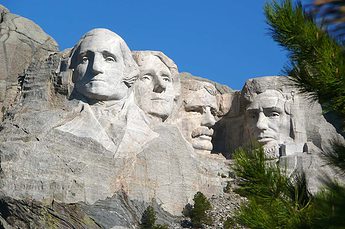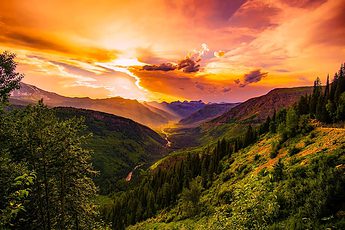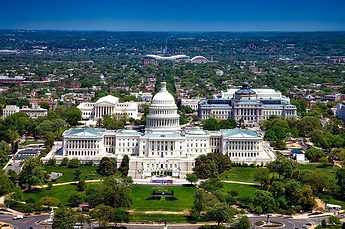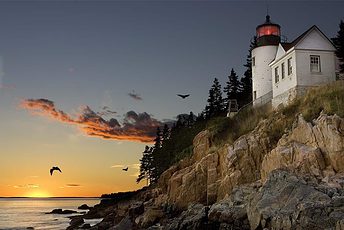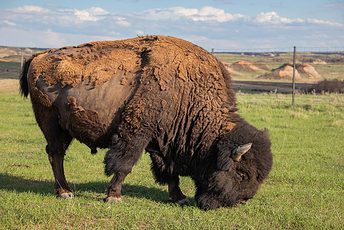Minnesota doesn't make noise. It doesn't wave you down. But if you get off the main road, it starts to show itself.
Lakes appear without ceremony. One minute, it's prairie; the next, it's water with loons cutting across it. Sidewalks give way to dirt paths, and by January, you'll see trucks parked out on the ice like it's a regular driveway.
By early summer, there'll be bikes cruising through downtown routes that slip past stoplights and cross streets. If you're after things to do in Minnesota, it won't hand you a brochure.
Instead, you'll get rhythm. The kind built by long winters, steady trails, quiet cabins, and places that haven't changed much because they never needed to.
Everyday Freedom - The Range of Activities in a Big, Ordinary State
Minnesota covers over 86,000 square miles. That size isn't just trivia - it shapes what people do when they're off the clock. Open space defines the options more than any ad campaign ever could.
The count of lakes isn't a myth. The Minnesota Department of Natural Resources lists over 10,000, and that number isn't rounded up.
Come December, those lakes hold fish houses and tire tracks. By June, the same waters are full of paddleboards and canoes.
As of 2025, 66 state parks are in operation, stretching from the prairies near Pipestone to the highlands above Grand Portage. Trail systems total 4,000 miles statewide.
That covers snowmobile loops near International Falls, bike paths in the Bluff Country, and long, flat stretches used by both farmers and weekend joggers.
These routes aren't built for photos. They're used year-round for travel, upkeep, and quiet. The calendar handles the rest.
Spring means road work. Summer clears a path for festivals and county fairs. By fall, hunters and orchard stands fill out the weekends.
Winter holds steady with groomed trails and gear swaps in school gymnasiums.
That steady cycle - punctual, weather-driven, and grounded - is what builds the base of things to do in Minnesota. It doesn't shift much, and that's part of the draw.
10 best places to visit in Minnesota for your next vacation
- Mall of America®
- Como Park Zoo & Conservatory
- Minnesota Zoo
- Valleyfair
- Gooseberry Falls State Park
- Minnesota Landscape Arboretum
- Split Rock Lighthouse
- Interstate State Park
- Tettegouche State Park
- Great Lakes Aquarium
| Activity/Event | Season | Location Type | Activity Type | Notes |
|---|---|---|---|---|
| Minnesota State Fair | Late Summer | Urban Fairgrounds | Cultural, Food | Held annually in Falcon Heights; draws 1.8M+ visitors |
| Ice Fishing on Mille Lacs | Winter | Natural Lake | Outdoor, Sport | Ice houses licensed; activity begins December |
| Boundary Waters Canoe Area | Summer-Fall | Wilderness Area | Outdoor, Canoeing | Permit-only entry; no motors; over 1M acres of protected land |
| Nicollet Mall Walking and Transit | All Seasons | Downtown (Minneapolis) | Urban Mobility | 12-block pedestrian and bus mall in city core |
| Winter Carnival in Saint Paul | Winter | City Parks | Festival, Cultural | Dates to 1886; includes ice sculpture and medallion hunt |
| Tulip and Peony Viewing | Spring | Botanical Gardens | Leisure, Seasonal | Bloom tracked weekly by local garden societies |
| Highway 61 North Shore Drive | Fall | Rural/Scenic Route | Driving, Sightseeing | 150-mile route along Lake Superior with state park access |
| SPAM Museum in Austin | Year-Round | Indoor Museum | Educational, Thematic | 44,500 sq ft; covers history and global supply of SPAM |
| Vasaloppet Ski Race in Mora | Winter | Rural Trails | Competitive Sport | 58 km ski race modeled on Swedish original; runs since 1973 |
| Curling at Frogtown Club | Winter | Indoor Sports Facility | Sport, Social | Public leagues available November-March |
| Garden Maze and Orchards (Stillwater) | Fall | Farm-Based Recreation | Family, Agricultural | Apple picking, hayrides, and corn mazes September through October |
| Bentleyville Light Display (Duluth) | December | Outdoor Waterfront | Holiday, Visual | Over 5 million bulbs used in free public display |
| Water Ski Days (Lake City) | Summer | Waterfront Town | Festival, Historic | Celebrates 1922 sport invention; parade and ski exhibitions |
| Minneapolis Greenway Biking | Spring-Fall | Urban Trail System | Mobility, Leisure | Protected corridor runs 5.5 miles through south Minneapolis |
| Soudan Underground Mine Tour | Summer-Fall | Historic Industrial | Educational, Tour | Descends 2,341 feet; former iron mine turned state park attraction |
State Fair Grounds and Real Ground - The Minnesota State Fair
Each year, across 12 late-summer days, more than 1.8 million people walk through the gates at Falcon Heights.
The Minnesota State Fair isn't a once-in-a-lifetime event.
It's a repeat habit. By 2023, it spanned 322 acres and had become one of the largest state fairs in the U.S. by daily attendance.
Machinery Hill stacks up the latest combines and tractors, arranged side by side like parked pickups.
Seed art fills the Creative Activities Building - full portraits made entirely from kernels, glued down one by one.
In the Food Building, nothing is subtle.
Fried pickles, tater tot hotdish, and deep-fried candy bars are served fast and eaten quickly, with few regrets.
Butter heads are carved live in a 40-degree rotating cooler.
The Dairy Princess candidates take turns sitting still while a sculptor works through 90-pound blocks.
Across the grounds, livestock barns stay open into the evening - poultry, rabbits, and pigs are penned for judging or display.
What draws people isn't novelty. It's volume. When thinking about things to do in Minnesota during late August, the State Fair isn't one option.
It's a fixture.
Quiet Miles - The Boundary Waters Canoe Area Wilderness
The Boundary Waters doesn't hint at quiet. It enforces it. That silence isn't a byproduct - it's written into law.
Since the 1978 Boundary Waters Canoe Area Wilderness Act, this region in northern Minnesota has operated under some of the strictest federal protections in the country.
There are no roads, no motors, and no shortcuts.
Instead, there are over one million acres of linked waterways and forests. More than 1,100 lakes are connected by 1,500 miles of mapped canoe routes.
Campsites are marked but sparse - fire grates, latrines, no extras. Portages are trails, not infrastructure: a worn path, a pack on your back, and the next lake waiting.
The Superior National Forest oversees permits. You pick an access point and stick to it. In 2023, daily limits at 80 entry points helped keep the traffic thin and spread out.
Each group carries a permit, paddles their gear, and follows strict guidelines for food storage and campfires.
Cell towers don't light up at night here. There's no signal, no streetlight, no ambient noise. It's one of the last places in the country where human sound doesn't carry.
For anyone looking into things to do in Minnesota, this isn't background. It's the full volume turned down - on purpose.
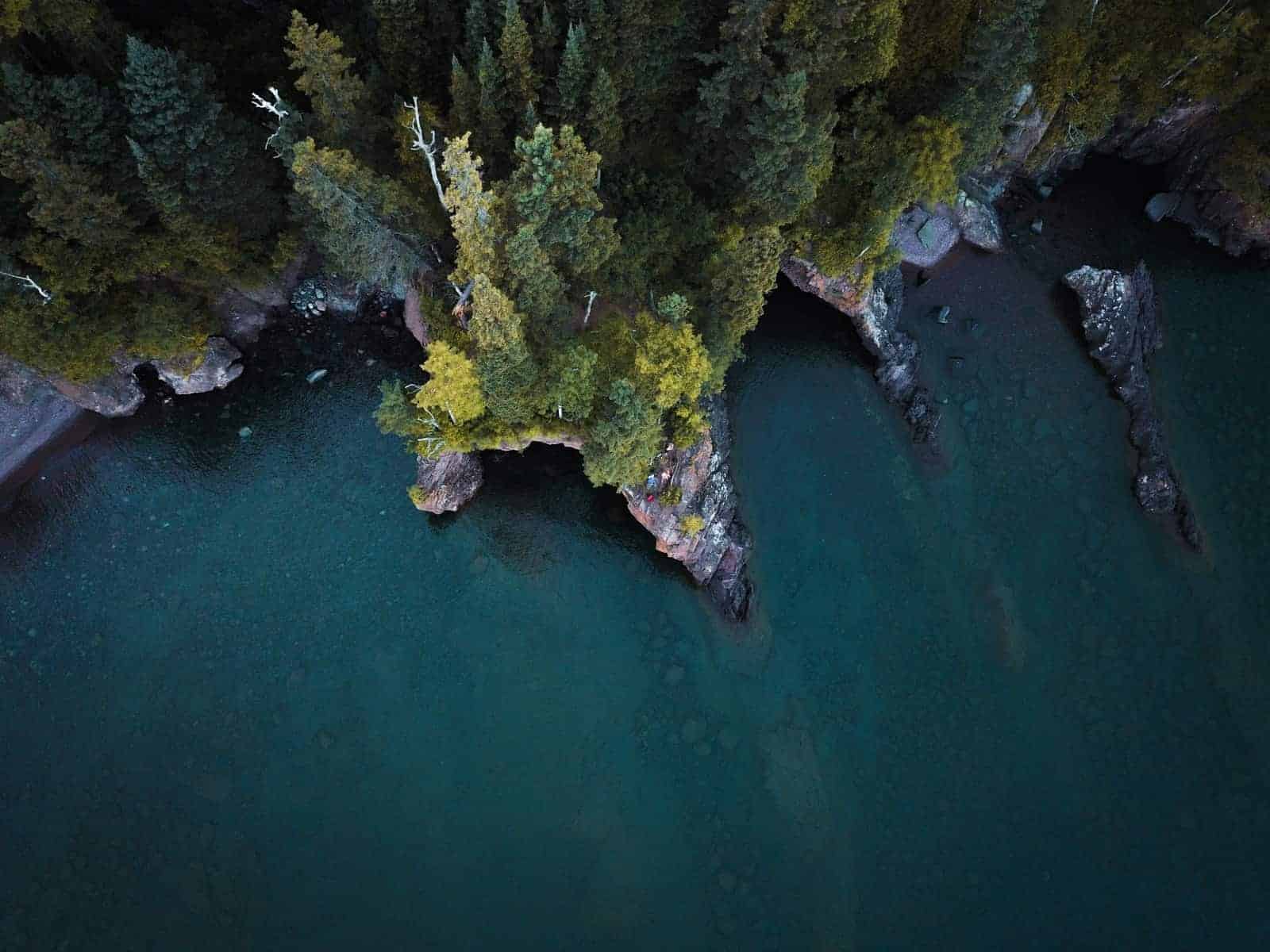
Minneapolis by Foot, Rail, or Wheel
Minneapolis has kept its center accessible without leaning on cars.
The Metro Transit light rail's Blue and Green Lines link downtown to Saint Paul, the airport, and the Mall of America - all reachable without transferring.
As of 2024, ridership had rebounded to pre-2020 levels, with weekday averages over 60,000.
The city also built early for bikes. The Midtown Greenway cuts 5.5 miles through South Minneapolis, below street level, and is protected from car traffic.
A separate bike boulevard runs down Bryant Avenue, updated in 2022 with new signage and traffic circles.
Nicollet Mall handles buses, bikes, and pedestrians across a 12-block spine through downtown.
Stores, cafés, and office lobbies open directly onto the mall, which is built for walking, not parking.
In winter, walking moves indoors. The Minneapolis Skyway System now covers nearly 9.5 miles, looping through 80 blocks.
It's climate-controlled and above ground, linking buildings so commuters never have to cross a street in February.
Those sorting out what to do in Minnesota's urban centers often end up here, not because it's central, but because the city made it functional.
Cold Weather Doesn't Cancel Plans - Winter Activities
By late December, ice on most lakes reaches a safe thickness for driving.
In places like Mille Lacs and Red Lake, thousands of fish houses dot the surface.
According to Minnesota's Department of Natural Resources, over 150,000 ice shelter licenses were issued in 2022 alone.
Saint Paul holds its Winter Carnival every January, first organized in 1886.
Events rotate annually, but core fixtures remain: the ice sculpture contest, the Royal Coronation, and the citywide treasure hunt for a medallion buried in a public park.
The 2024 carnival drew more than 300,000 visitors, despite daytime highs near 10°F.
Cross-country ski trails in parks like Theodore Wirth are maintained daily, with grooming reports posted online.
Artificial snow machines extend the season into March.
Skaters take to the Chain of Lakes or city rinks, many lit for evening use.
Curling clubs operate in Duluth, Saint Paul, and Hibbing.
Newcomers often join open sessions that start in November and run through March.
Winter isn't downtime. It's half the calendar.
For those listing what to do in Minnesota in January, it's easy to stay outdoors, and normal to stay cold.
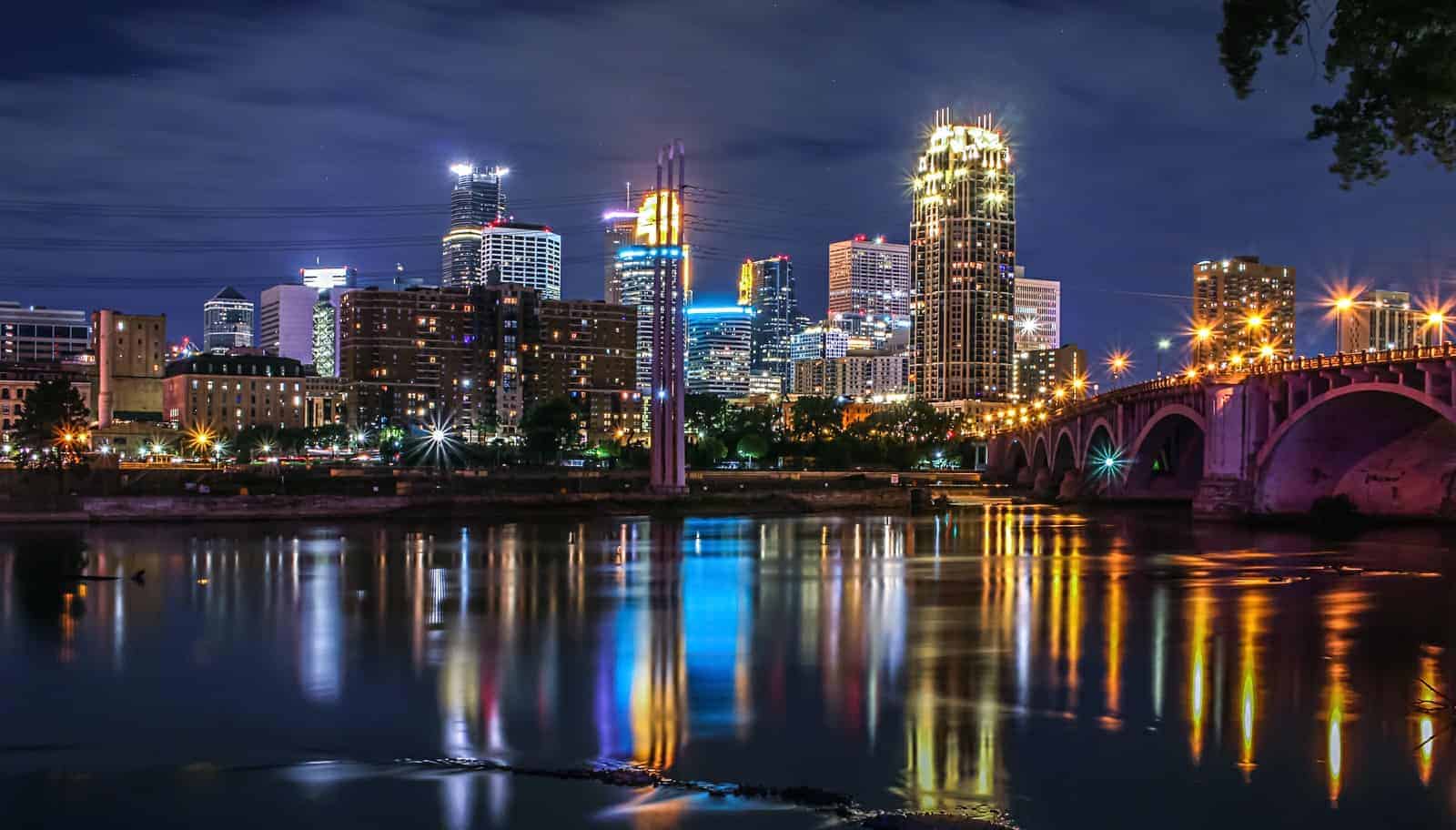
The North Shore Drive - Highway 61 from Duluth to Grand Portage
From Duluth to the Canadian border, Highway 61 runs close enough to Lake Superior that it often feels like driving along an ocean edge.
The stretch covers 150 miles, winding through towns like Two Harbors, Lutsen, and Grand Marais.
Gooseberry Falls State Park marks an early stop. It features waterfalls, stone bridges built by the Civilian Conservation Corps in the 1930s, and a visitor center that receives 750,000 annual visitors.
Further up, Split Rock Lighthouse sits on a cliffside.
Completed in 1910, it now operates as a historic site with self-guided tours.
The lake stays cold year-round, often hovering in the 40s Fahrenheit even in summer.
Winds off the water can bring temperature drops of 20 degrees within a few miles.
The Sawtooth Mountains rise inland, covered with aspen, birch, and maple.
By late September, this stretch turns orange and red, drawing seasonal traffic.
The fall color map from Minnesota DNR is updated weekly and watched closely.
At the end of the drive sits Grand Portage National Monument.
It traces the portage trail used during the fur trade era and is operated jointly by the National Park Service and the Grand Portage Band of Lake Superior Chippewa.
Among attractions in Minnesota for late-season travel, this corridor stands out for its timing and scale.
Local Scale - Town Celebrations and Seasonal Events
Local events in Minnesota aren't built around large-scale tourism.
They're grounded in history, geography, and recurring dates.
Lake City, on the banks of Lake Pepin, holds Water Ski Days each June.
The event started as a way to mark the sport's invention there in 1922.
Now it includes a parade, ski shows, and a carnival along the shoreline.
Sauk Centre, the birthplace of novelist Sinclair Lewis, organizes Sinclair Lewis Days every July.
Activities include a medallion hunt, fireworks, and a "Main Street" parade - a nod to the town's influence on Lewis's 1920 novel.
Unlike the State Fair, these gatherings rarely draw visitors from out of state, but they fill local motels and close downtown streets for a weekend.
Anoka's Halloween parade has run since 1920. Early on, the city adopted the title "Halloween Capital of the World," and the name stuck.
Events span the full month of October, with costume contests, a house-decorating contest, and a series of processions through Main Street.
In February, the town of Mora hosts the Vasaloppet USA cross-country ski race.
The 58-kilometer course mirrors Sweden's original Vasaloppet, and the event has been held every year since 1973.
These are the kinds of things to do in Minnesota that match local weather and calendar cycles, not commercial promotion.
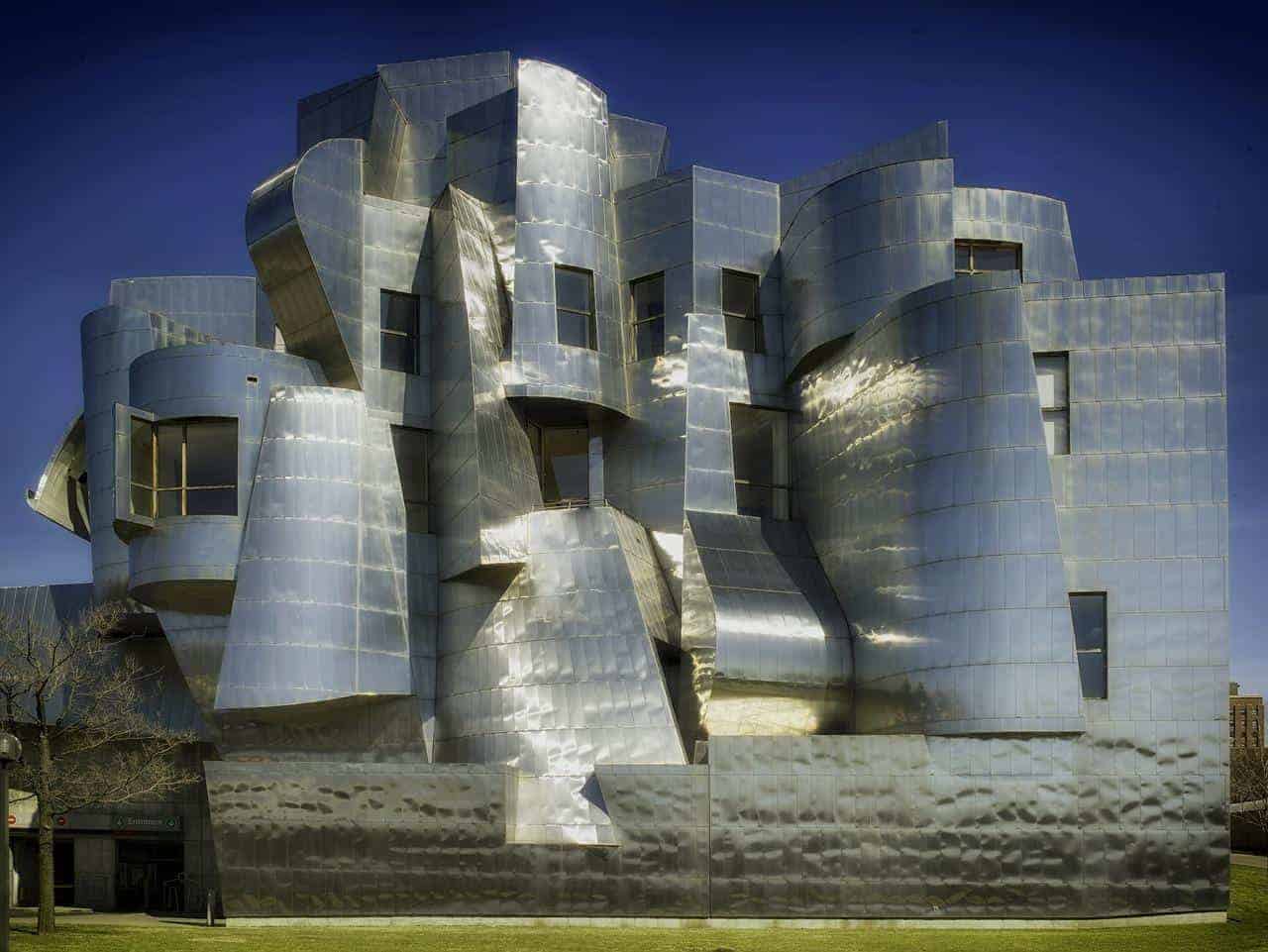
Indoors and Underground - Museums, Music, and Mines
When winter stays too long or rain clears out weekend plans, indoor stops take over.
The Minnesota History Center in Saint Paul, operated by the Minnesota Historical Society, displays rotating exhibits and archives on immigration records, state politics, and industrial labor history.
In Austin, the SPAM Museum operates out of a 44,500-square-foot facility, updated in 2016.
Admission is free. Displays cover everything from wartime rationing to global supply logistics.
The museum also hosts school groups and cooking demonstrations.
In Duluth, the DECC (Duluth Entertainment Convention Center) hosts symphony concerts, trade shows, and University of Minnesota Duluth hockey games.
It sits on the harbor and includes a skywalk to downtown hotels.
The Soudan Underground Mine, once one of the deepest iron mines in North America, began offering public tours in 1965 after closing in 1962.
Now part of a state park, visitors descend 2,341 feet by elevator, then ride railcars through tunnels.
In 2002, the site also began hosting underground physics experiments, using its natural shielding against cosmic rays.
These stops round out the list of what to see in Minnesota when outdoor options pause.
They're often tied to what the state made, built, or dug.
Seasonal Anchors - When the Calendar Guides the Activity
Minnesota's schedule is built by temperature, not marketing.
Maple sap starts to run in March. At the Audubon Center of the North Woods and similar sites, volunteers drill taps and hang buckets.
Boiling weekends draw school groups and families - the syrup doesn't ship far, and most is bottled locally.
By late April, tulip and daffodil beds come into bloom at public gardens like those in Saint Cloud and Saint Paul. Peonies follow in May.
Garden clubs update bloom maps, which are used more practically than ornamentally - they help with planning weddings, field trips, and senior outings.
Lake cabins open around Memorial Day. Many are privately owned, but short-term rental platforms report a spike in activity between May and September.
Counties regulate permits and parking based on proximity to the shoreline.
These visits often orbit around low-effort activities: reading, grilling, and fishing from the dock.
September means apple season. Orchards near Stillwater, Hastings, and Shakopee open for U-pick weekends.
Corn mazes start cutting paths by early October, with designs ranging from basic grids to aerial images.
Entry fees cover parking and hayrides. Halloween markets operate in the same window, mostly Friday through Sunday.
In December, light displays go up.
Bentleyville "Tour of Lights" in Duluth, started in 2001, now uses over five million bulbs and draws nightly visitors to Bayfront Festival Park.
These events finish by Christmas Eve.
When looking for where to go in Minnesota throughout the year, the calendar doesn't need extra decoration. It writes the schedule by itself.
Frequently Asked Questions
What is the number one attraction in Minnesota?
The Minnesota State Fair in Falcon Heights regularly draws over 1.8 million visitors in its 12-day run. It's among the largest state fairs in the U.S. by daily attendance. People come for food, livestock barns, machinery hill, seed art, and butter sculptures.
What is Minnesota most famous for?
Minnesota is widely known for its lakes. Officially, there are 11,842 of them over ten acres in size. The phrase "Land of 10,000 Lakes" isn't marketing - it's an undercount. These lakes drive everything from weekend routines to full summer economies.
Where can I vacation in Minnesota?
Options spread out fast. The Boundary Waters offers canoe routes across the protected wilderness. The North Shore of Lake Superior is a drive packed with stops: Gooseberry Falls, Split Rock Lighthouse, and Grand Marais. For city-based plans, Minneapolis and Saint Paul have light rail, museums, and trails that function year-round.
What is the best month to visit Minnesota?
It depends on what you want. September holds up well - fall colors hit peak along the North Shore, apple orchards open, and mosquito counts drop. June works, too, especially if lakes, trails, and cabins are on the list.
Can you see the Northern Lights in Minnesota?
Yes. Northern Minnesota, especially near the Canadian border, offers regular opportunities when solar activity spikes. For that reason, photographers and skywatchers use places like Voyageurs National Park and areas around Ely.
What food is Minnesota known for?
Tater tot hotdish, walleye (fried, grilled, or on a stick), and lefse appear frequently. At the State Fair, fried cheese curds and pork chops on a stick sell fast. The SPAM Museum in Austin tracks canned meat's reach and origin.
What makes Minnesota different from other states?
Its schedule. Minnesota runs on weather cycles more tightly than most states. Ice in January means curling clubs and lake fishing. Fall hits, and color drives traffic north. Few places shift their activities so completely with the calendar.
Is there anything fun to do in Minnesota?
Yes, if "fun" includes snowshoeing in February, biking across a city without hitting a red light, or listening to music inside a convention center next to Lake Superior. It's seasonal, physical, and tied to where you are on the map.
🧭 Essential Travel Resources for Planning Your Minnesota Trip
🌟 Official State Tourism
- Explore Minnesota
Comprehensive guide to attractions, events, lodging, and trip planning.
🔗 https://www.exploreminnesota.com
🌲 Outdoor Adventures
- Minnesota State Parks and Trails
Maps, trail info, and camping resources for 60+ state parks.
🔗 https://www.dnr.state.mn.us/parks_trails/index.html
🏙️ City Visitor Information
- Meet Minneapolis Visitor Center
Visitor info, event calendars, and local maps for the Twin Cities.
🔗 https://www.minneapolis.org/visitor-information - Visit Saint Paul
Tips, itineraries, and seasonal events for planning time in Saint Paul.
🔗 https://www.visitsaintpaul.com
🏞️ Regional Guides
- North Shore Visitor
Local travel guide covering Minnesota's Lake Superior shoreline.
🔗 https://www.northshorevisitor.com
🎡 Events and Festivals
- Minnesota State Fair
Event schedules, tickets, and food guides for the "Great Minnesota Get-Together."
🔗 https://www.mnstatefair.org
🏛️ Historical Sites
- Minnesota Historical Society
Plan visits to historic sites, museums, and educational exhibits statewide.
🔗 https://www.mnhs.org
🍀


